
Catch up on the top radiology content of the past week.

Catch up on the top radiology content of the past week.

The AISmartDensity software facilitated a cancer detection rate (CDR) with breast MRI that was nearly four times higher than the CDR previously reported in trials involving traditional breast density assessment.

Catch up on the top radiology content of the past week.

The EchoGo Heart Failure platform is reportedly the only AI-powered technology to receive a CPT reimbursement code for echocardiography detection of heart failure with preserved ejection fraction.

Catch up on the top radiology content of the past week.
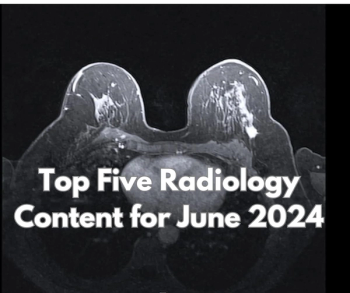
Catch up on the most-well viewed radiology content in June 2024.

Out of 315 patients identified by artificial intelligence (AI) as being at high risk for osteoporosis, subsequent screening with dual-energy X-ray absorptiometry (DXA) in a randomized controlled trial revealed new-onset osteoporosis in 237 patients.
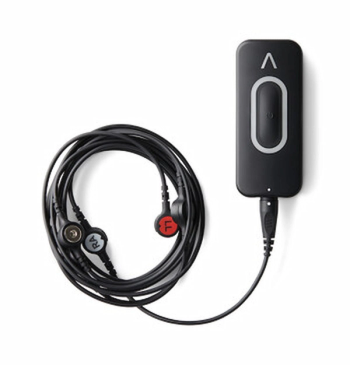
Using a reduced leadset and deep neural network algorithms trained on more than 175 million electrocardiograms, the KAI 12L technology reportedly detects up to 35 cardiac determinations, including acute myocardial infarction.
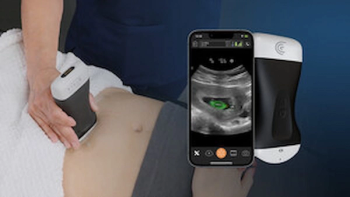
Clarius OB AI reportedly provides estimates of fetal age, weight and growth intervals based on automated fetal biometry measurements available through handheld ultrasound.

Catch up on the top AI-related news and research in radiology over the past month.
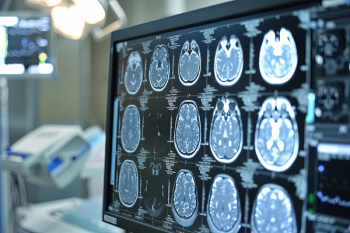
Noting an average processing time of 24 seconds for deep learning detection of acute ischemic stroke on brain MRI, the authors of a new study said deep learning assessment of DWI and FLAIR sequences had equivalent sensitivity and AUROC to T2WI MRI.

Catch up on the top radiology content of the past week.
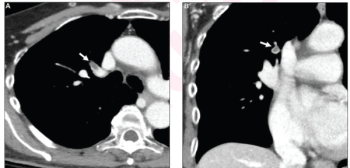
Artificial intelligence facilitated a 96.2 percent sensitivity rate for incidental pulmonary embolism (IPE) on contrast-enhanced CT chest or abdomen exams, according to new prospective research involving over 4,300 patients.

Catch up on the top radiology content of the past week.
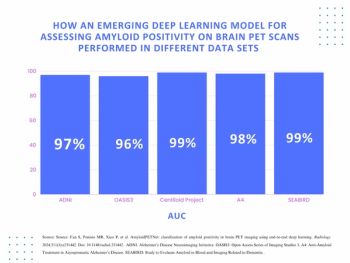
In validation testing with 205 18F florbetapir PET scans from 95 patients with Alzheimer’s disease, a deep learning model demonstrated a 93.2 percent accuracy rate and a 97 percent AUC for detecting amyloid-β positivity.

Artificial intelligence (AI) assisted contouring of prostate cancer demonstrated superior balanced accuracy than manual standard-of-care contouring and hemigland contouring with MRI, according to a new study.
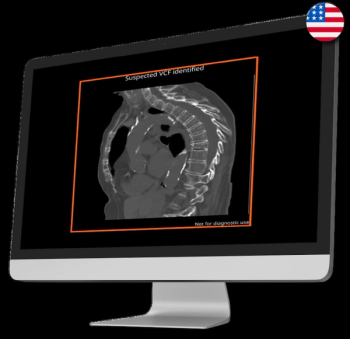
The AI-enabled CINA-VCF algorithm can reportedly detect vertebral compression fractures within seconds after assessment of chest or abdominal CT scans.
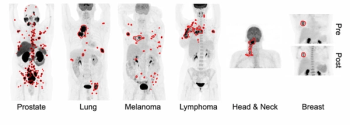
Deep transfer learning may elevate the capability of whole-body PET/CT scans to diagnose multiple cancers, ranging from breast cancer and lung cancer to melanoma and prostate cancer, according to new research presented at the SNMMI conference.

Catch up on the top radiology content of the past week.
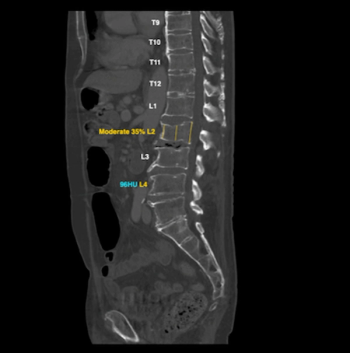
Facilitating additional consultation on chest and abdominal CT scans, the Second Opinions teleradiology platform now features FDA-cleared AI tools for cardiac, bone and liver assessments.
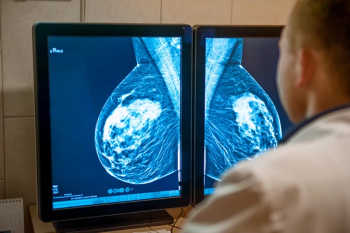
Offering comparable sensitivity to radiologists for detecting contralateral breast cancer on mammography images, an emerging adjunctive AI software may also facilitate earlier diagnosis, according to study findings presented at the at the 2024 American Society of Clinical Oncology (ASCO) Annual Meeting.

In a retrospective study involving nearly 119,000 women, researchers found that implementation of AI into mammography screening increased the positive predictive value by 11 percent, increased small cancer detection by 8.3 percent and reduced reading workload by approximately 33 percent.
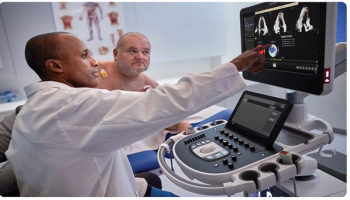
Featuring a combination of automated measurement capabilities and workflow enhancements, the new AI-powered cardiovascular ultrasound platform also provides automated assessment of regional wall motion abnormalities.

An AI algorithm that incorporates scoring of coronary inflammation based on coronary CT angiography (CCTA) may enhance long-term cardiovascular risk stratification beyond conventional risk factor and imaging assessments, even in patients without obstructive CAD.

Offering access to over 110 AI applications, the enterprise imaging platform enables radiologists to test, deploy and monitor the use of AI technologies.